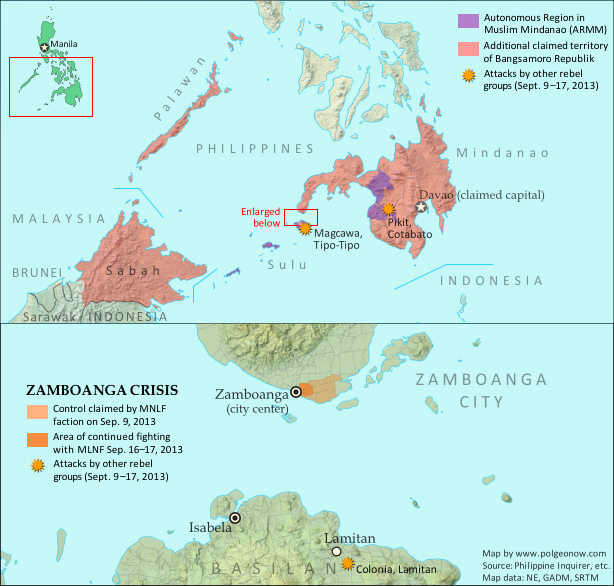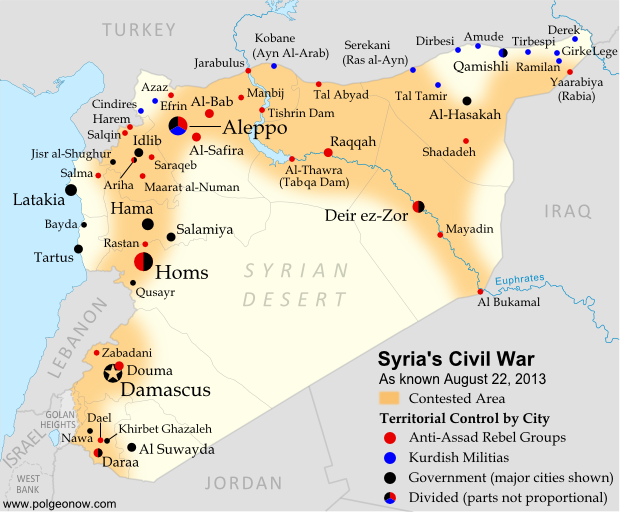 |
This map took 20 hours of work.
|
I'm happy that I can use my free time to create something cool. But after years of living paycheck-to-paycheck off part-time side jobs, the stress of creating almost-weekly new maps and articles has become too much to juggle. I'm busy all the time, but still struggling to pay my rent each month. If Political Geography Now is going to continue publishing its high-quality maps and articles, it needs to start generating some modest income.
I don't want end or scale back the blog any more than you do, so here's the plan: from next month PolGeoNow will continue to publish many free articles and maps on the site, but also start offering some paid premium content. If you can't afford to pay, I understand - you'll still get to enjoy regular updates and great maps, and the entire catalog of past articles will always be freely accessible. But if you are able to pay to support our work, you'll get access to even more original maps and in-depth, professional reporting. I hope to even expand coverage in some areas, for example by publishing more frequent updates to conflict zone maps.
 |
| Want more frequent Syria updates? |
Moving to even a partial paid model has been a very tough decision, and I hope you can all bear with us through the transition. I'm always happy to hear feedback from PolGeoNow readers, so feel free to let me know about any of your advice or concerns. Thank you so, so much for all your wonderful support so far!
All the best,
Evan Centanni
evan@polgeonow.com
New premium subscriptions: Sign Up Now!




